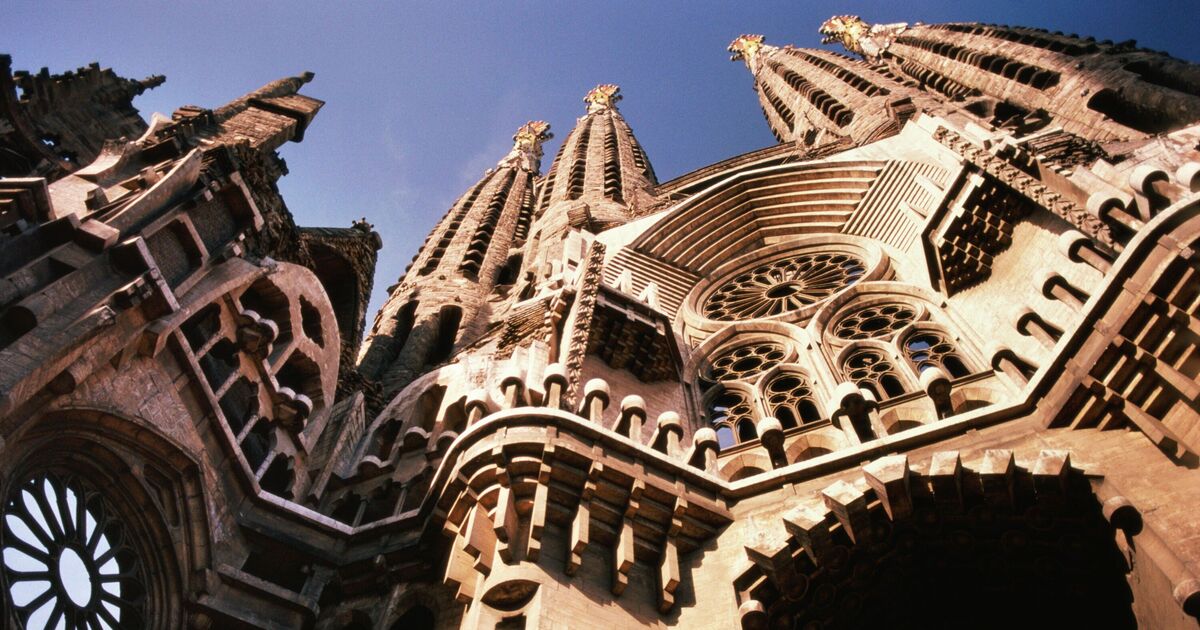A church in Spain has been under construction for more than 140 years, which is far longer than the 20 years it took to build the Great Pyramid of Giza in Egypt.
La Sagrada Familia, arguably Barcelona’s most famous structure, is finally expected to be completed in 2026. That would mark 100 years since its architect, Antoni Gaudí, died.
Construction of the church began in 1882, but progress has been slow – to say the least. By the time Gaudí died in 1926, only a quarter of the basilica had been completed.
Since then, a series of setbacks, including the Spanish Civil War, funding issues, and the COVID-19 pandemic, have delayed the project.
After Gaudí died in 1926, architect Domènec Sugrañes took over the project, continuing work based on Gaudí’s detailed plans and models.
However, construction slowed significantly during the Spanish Civil War, with many of Gaudí’s original designs destroyed.
Over the decades, various architects have overseen progress, with modern technology, including 3D modelling, helping to speed up the process in recent years.
Despite this, La Sagrada Familia has become one of the most visited monuments in Spain, attracting millions of tourists every year.
It remains an active place of worship, with intricate designs inspired by nature.
Gaudí wanted to avoid straight lines and sharp angles, instead using columns shaped like tree trunks and carvings of turtles and tortoises to represent balance between land and sea.
The final design includes 18 towers – 12 for the apostles, four for the evangelists, one for the Virgin Mary, and the tallest, at 172.5 metres, for Jesus Christ.
Gaudí believed no human structure should be taller than nature, so the church was designed to be slightly lower than Montjuïc hill, Barcelona’s highest point.
Gaudí, who devoted his life to the project, is buried in the crypt of La Sagrada Familia. He once said: “My client is not in a hurry,” referring to his belief that God had no deadline.
But now, after more than a century of construction, the finishing touches are finally within reach.












